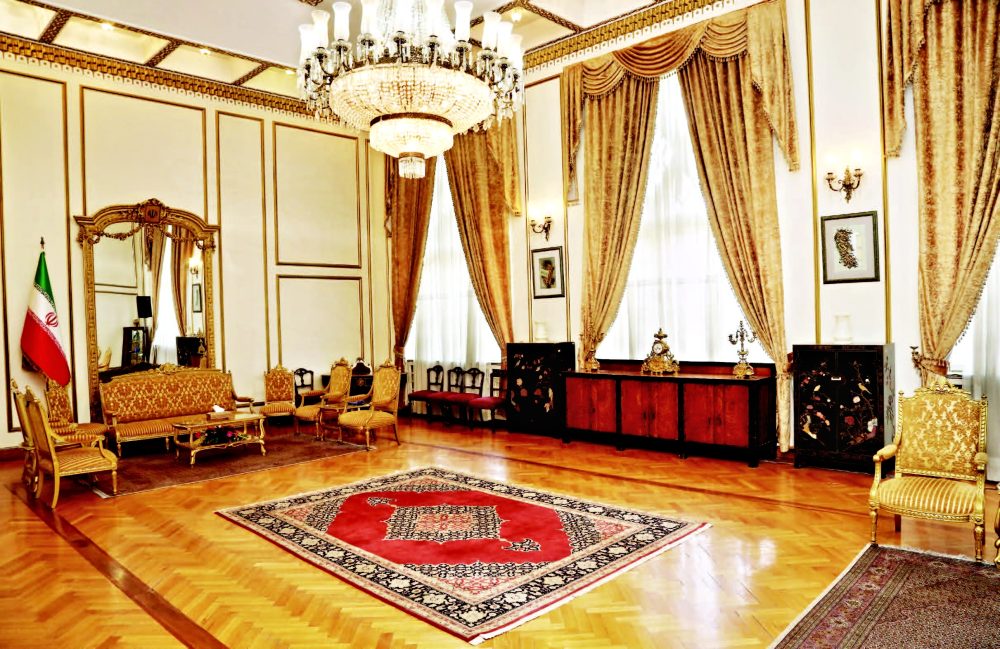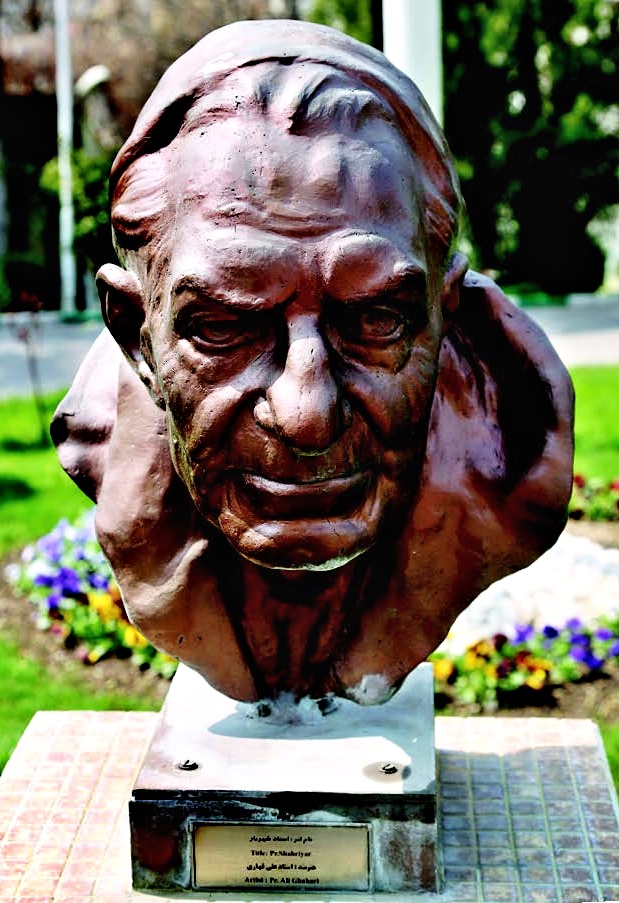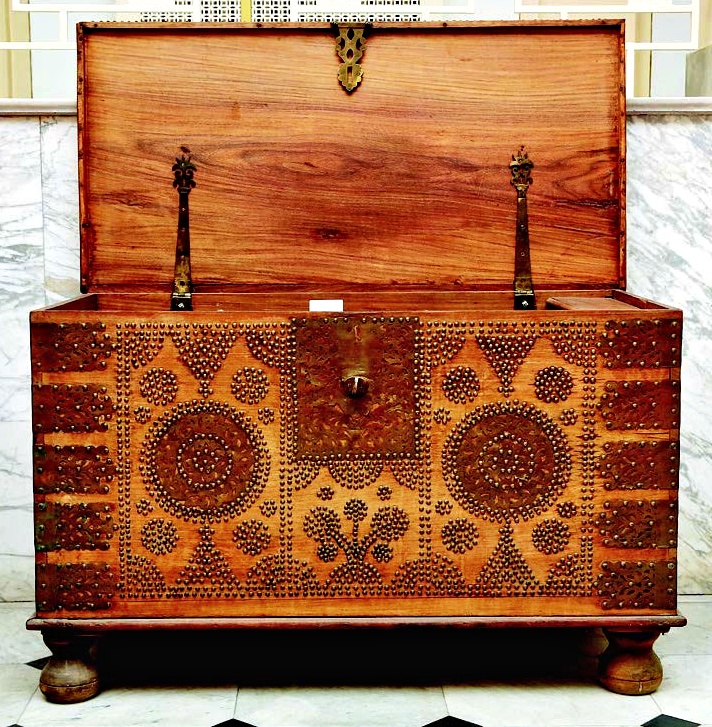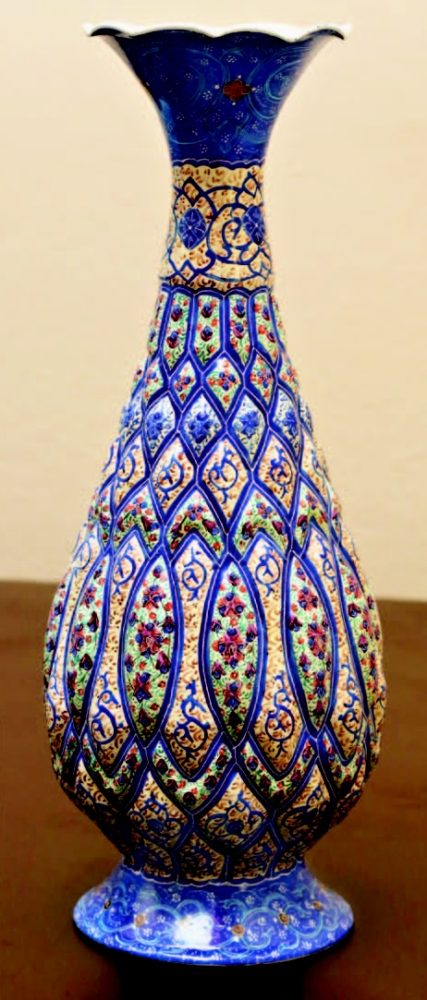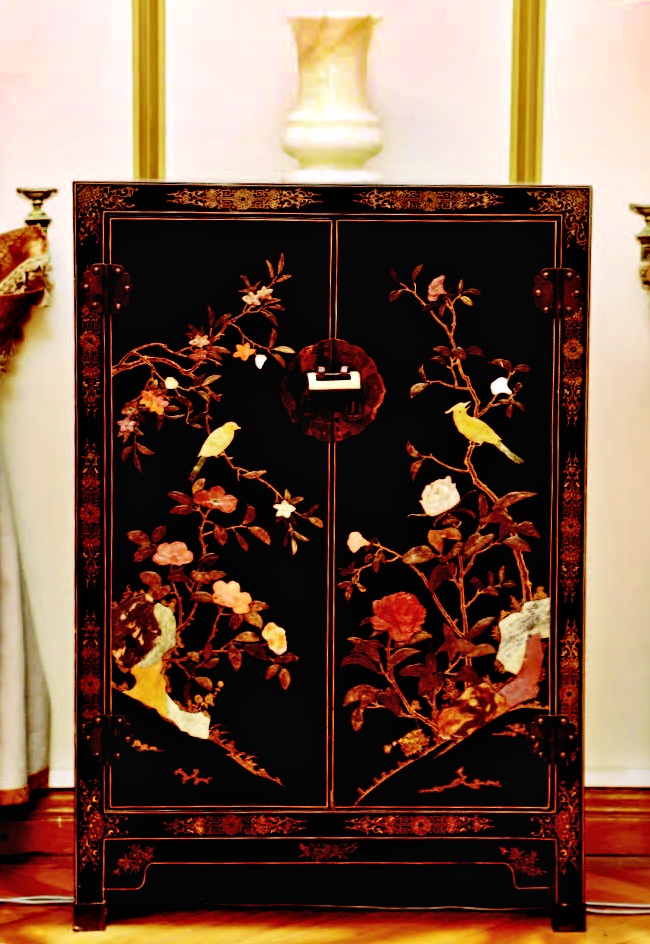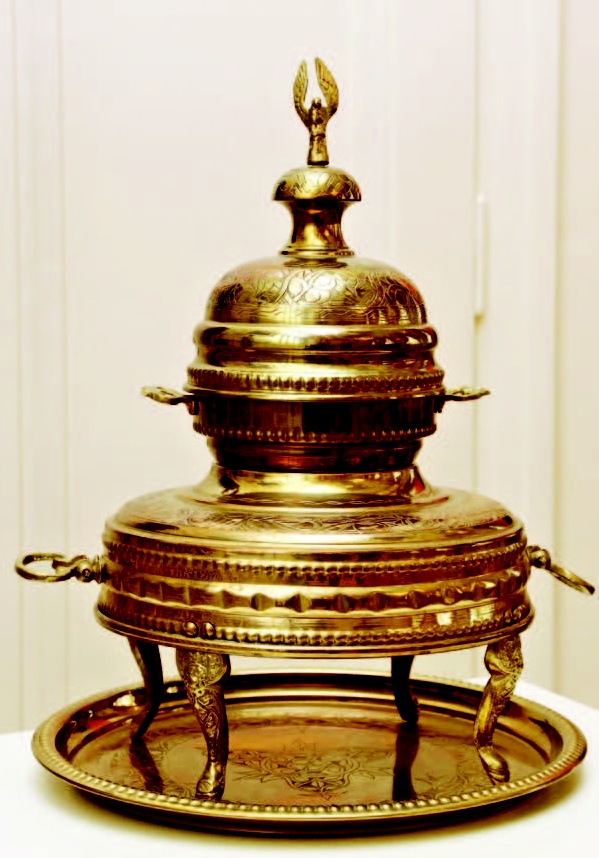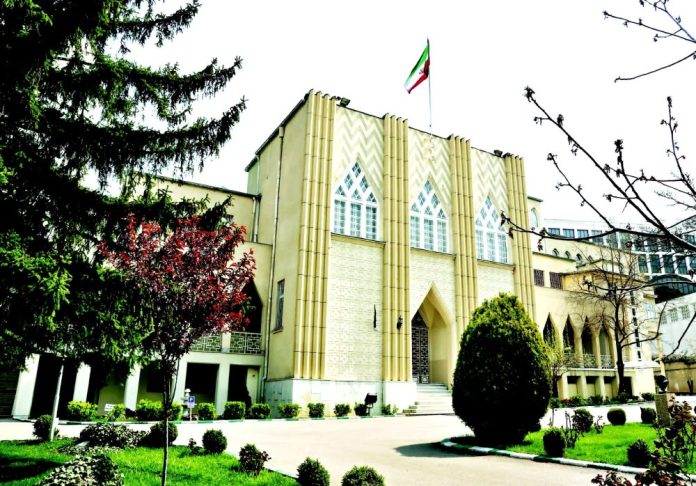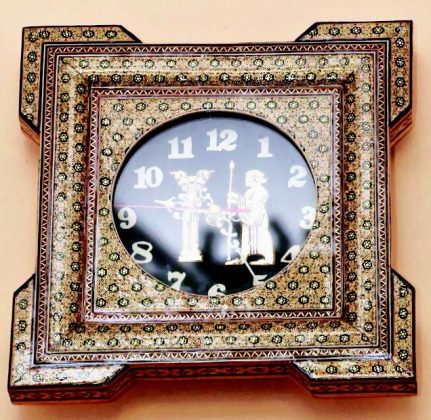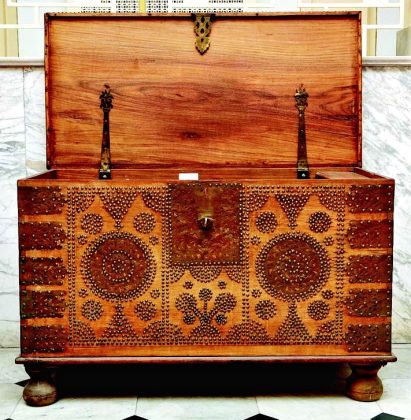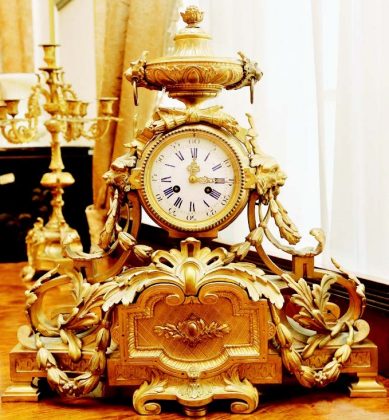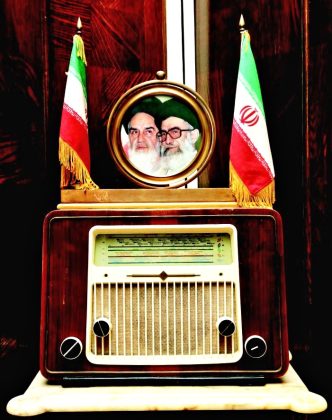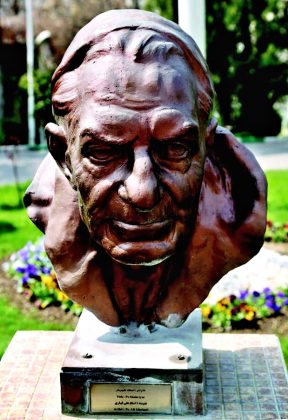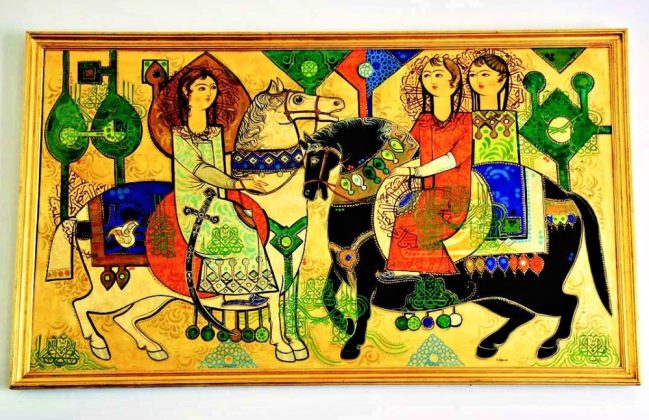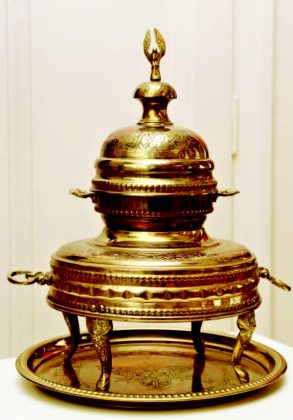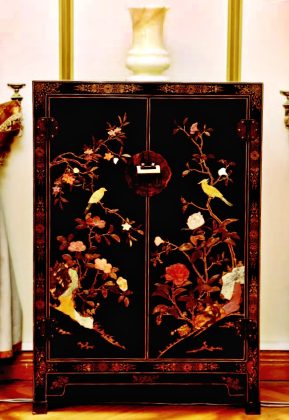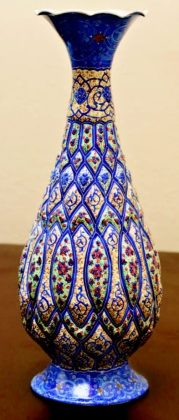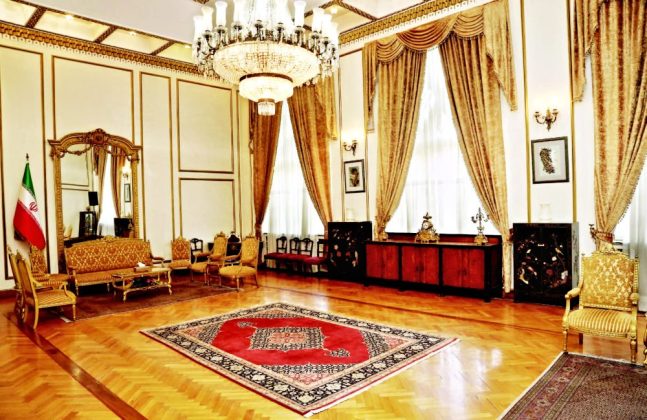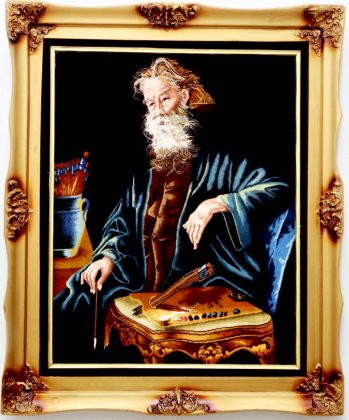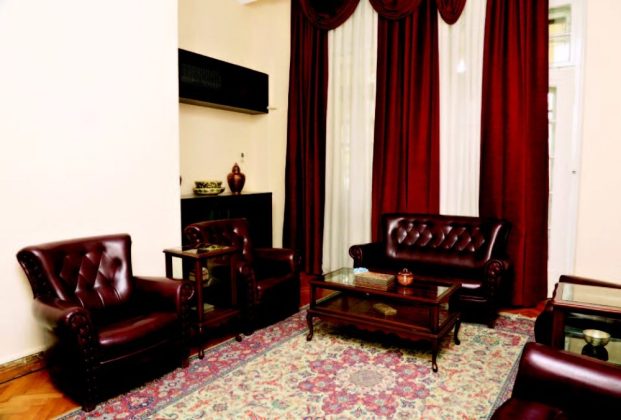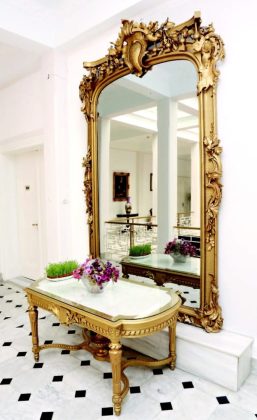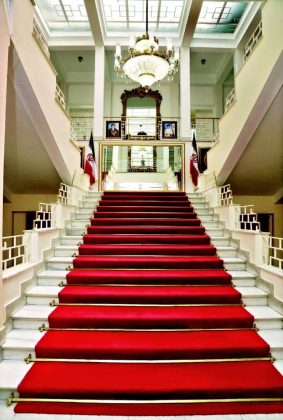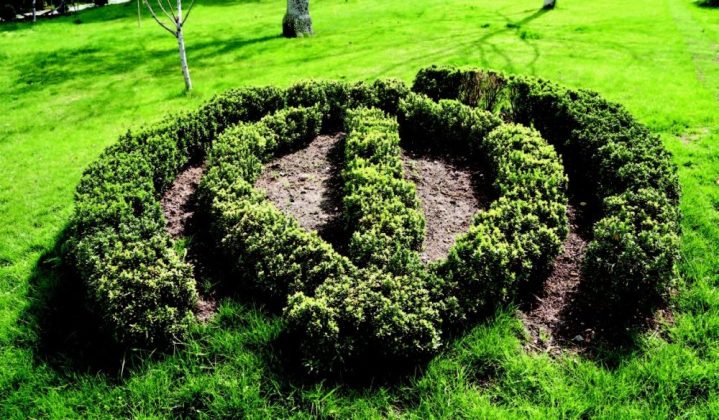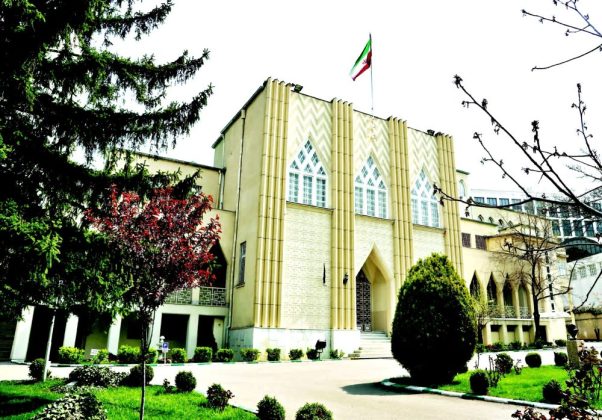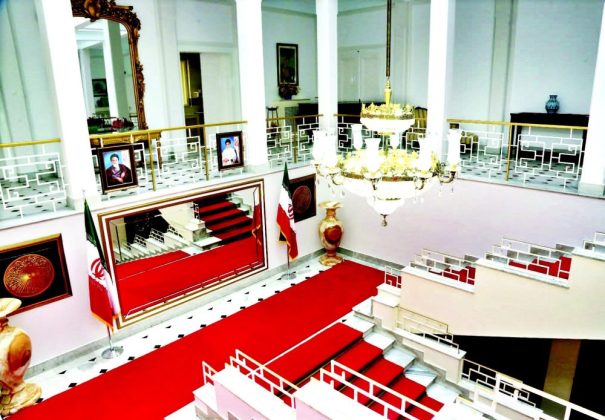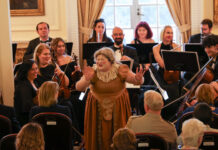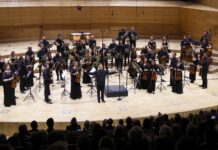The Iranian Embassy is a good example of Iranian architecture that is well-known for its structural and aesthetic variety. The building is designed by blending Seljuk architecture and the beauty of the Sasani palaces. The embassy building evokes a pleasant nostalgia, not only due to its architectural design but also thanks to the unique handmade decorative works of art, Persian rugs and elegance.
M. Ferhat YÜKSEL
The Iranian mission to Turkey first started in 1850 in Istanbul and later moved to Tehran Caddesi when Ankara became the capital. The 12 acres of land where the embassy was built in 1929 was purchased from famous Turkish journalist and intellectual of the period, Tunalı Hilmi in return for 12,000 lira by the Iranian government. The building was built by Iranian architects and it attracts attention with its style that is reminiscent of Seljuk and Sasani palace architecture.
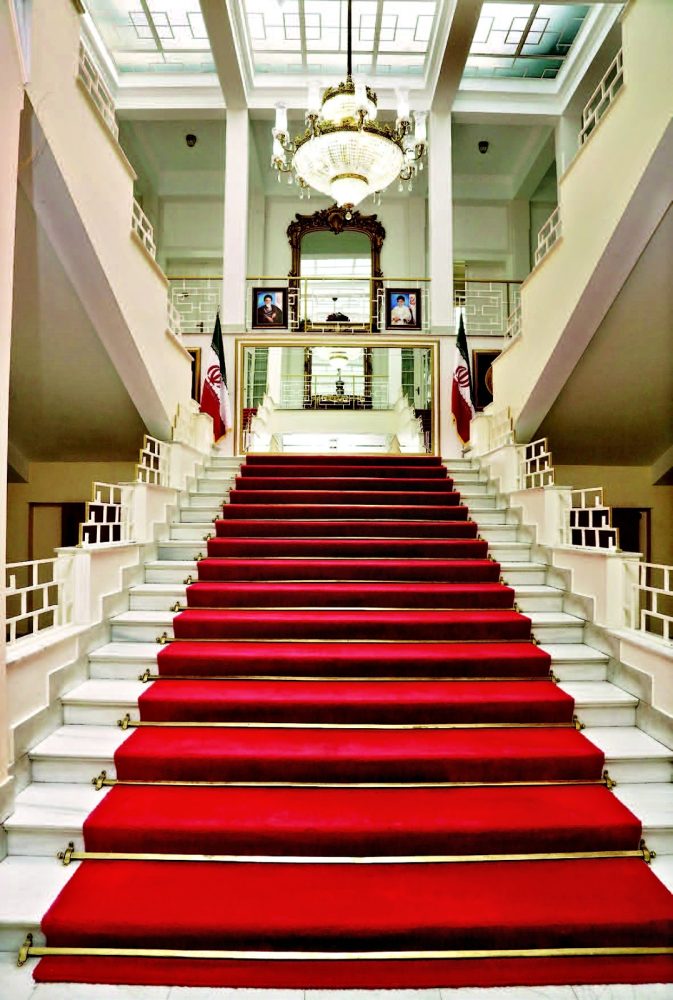
When you enter the embassy building in almost every section you are welcomed by carefully-preserved Persian rugs made by the capable hands of Iranian master artists, marble vases, dowry chests, oil paintings and hand-carved furniture. Thanks to the ceiling made of frosted glass in the main hall, the building looks spacious and bright. You use the grand stairs, where huge vases and works of art made of Iranian marble are displayed, to go to the upper floor of the building. On the ground floor, there are offices. A spacious and brighter hall greets you on the top floor. This hall opens to the ambassador’s office and the reception hall. The reception hall is quite impressive and takes you on a time journey with its decoration.
